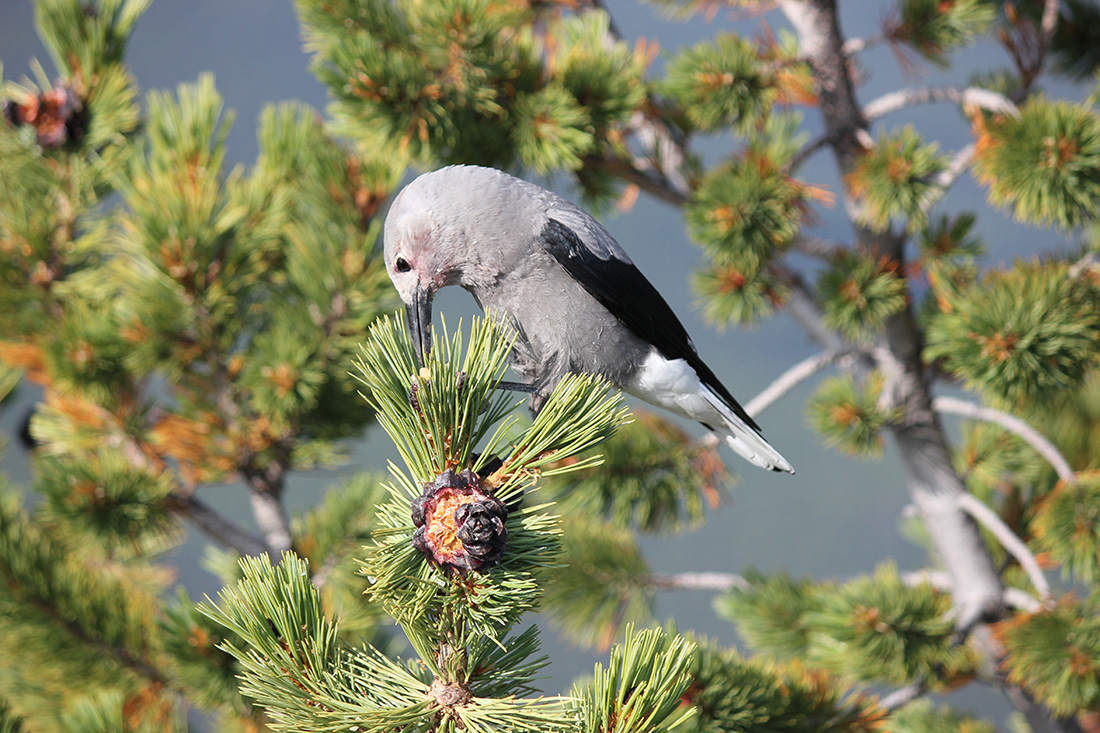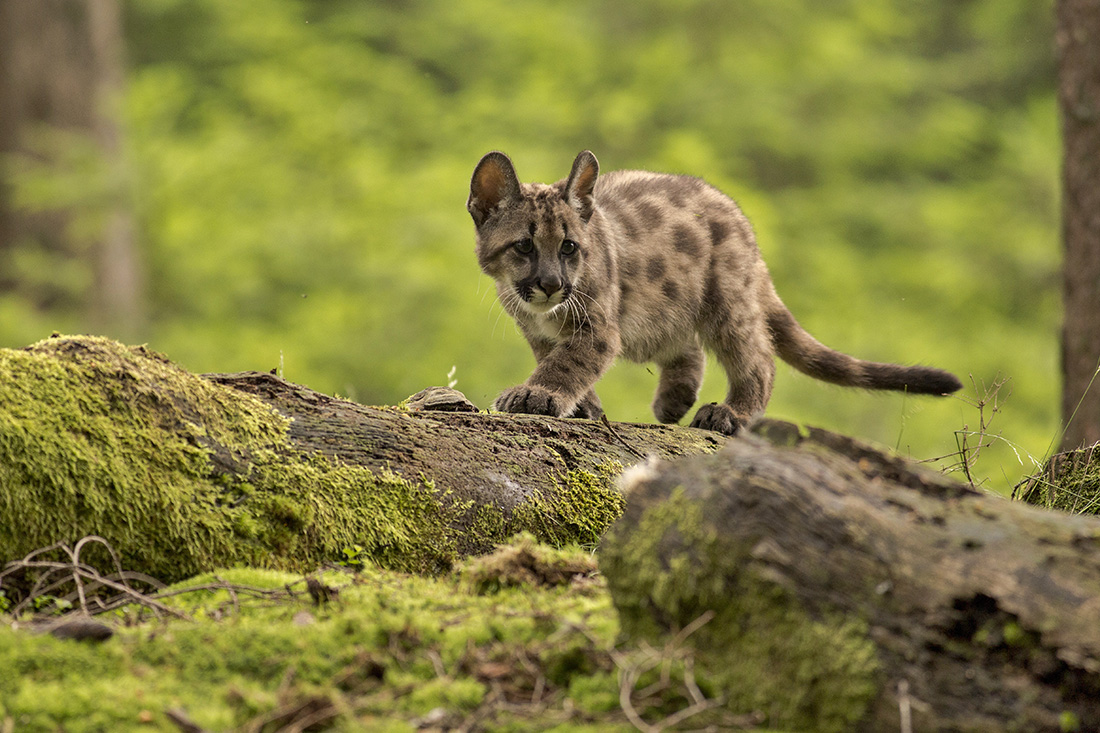WHETHER BURROWED below the forest floor, nested among branches or denned beneath downed trees, countless creatures call forests home. In fact, 80% of all land-based species live in forests.
But it’s far from a one-sided relationship. While forests provide habitat and food for wildlife, many wildlife species return the favor, nourishing their forest homes by dispersing and germinating seeds, controlling threatening pests and more.
This dynamic partnership benefits forests in other ways as well. Often, the vibrancy and anticipation of spotting wildlife is what draws people to forests. While there, they can find adventure and emotionally connect with nature, which, ultimately, creates a desire to protect it.
When that happens, we help ensure these creatures have a place to call home — forever.



